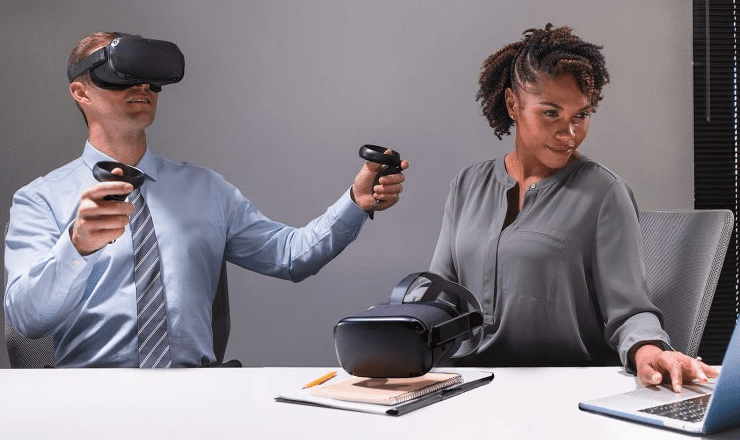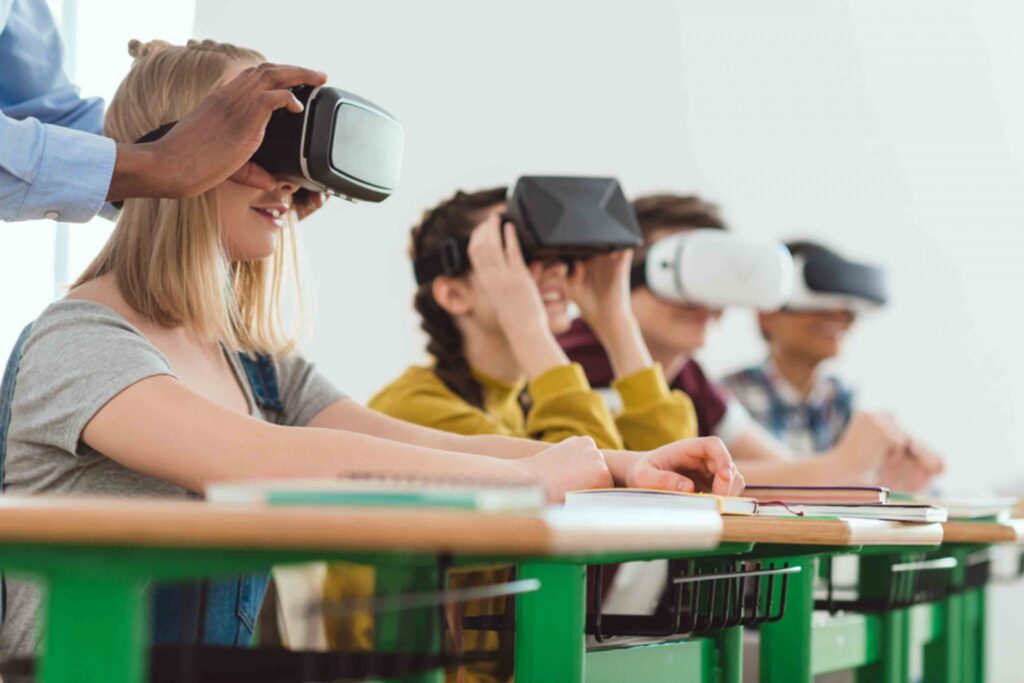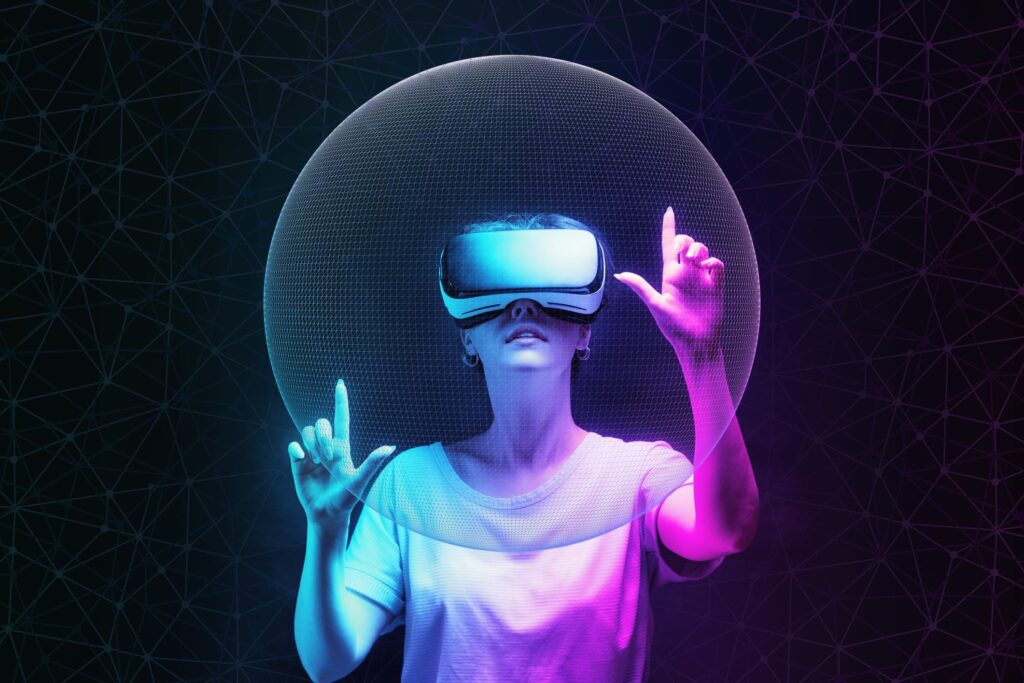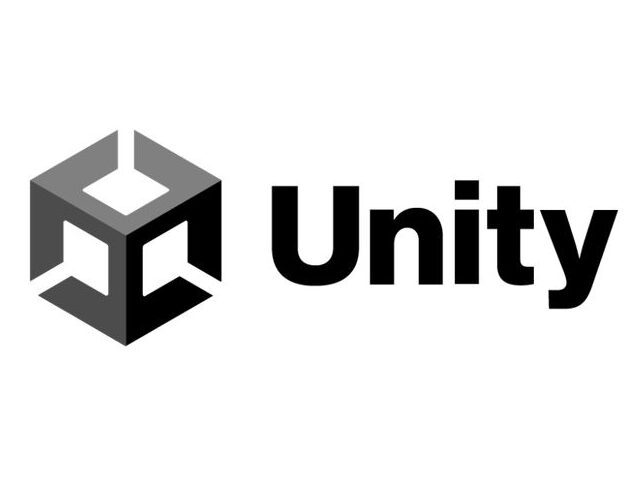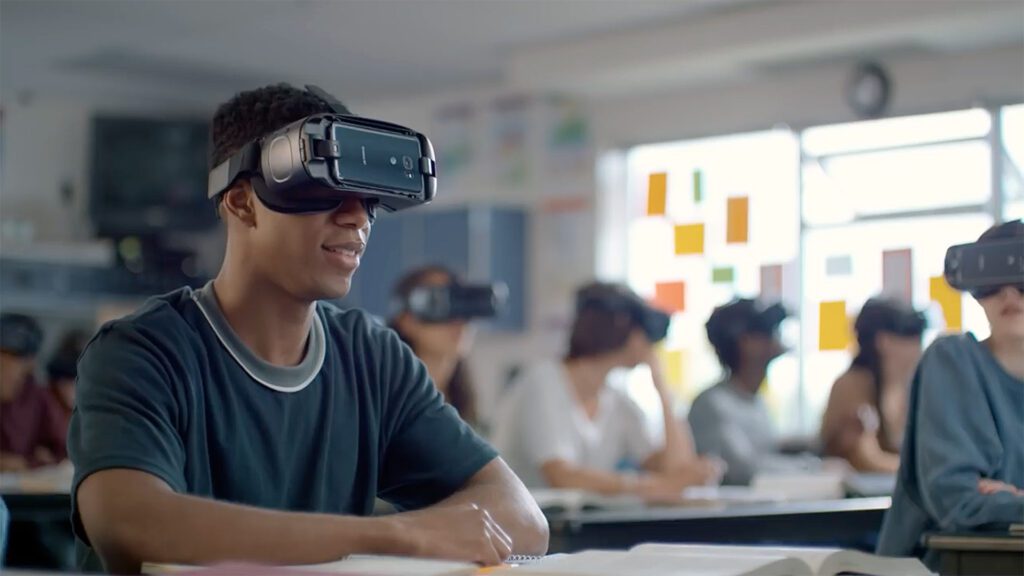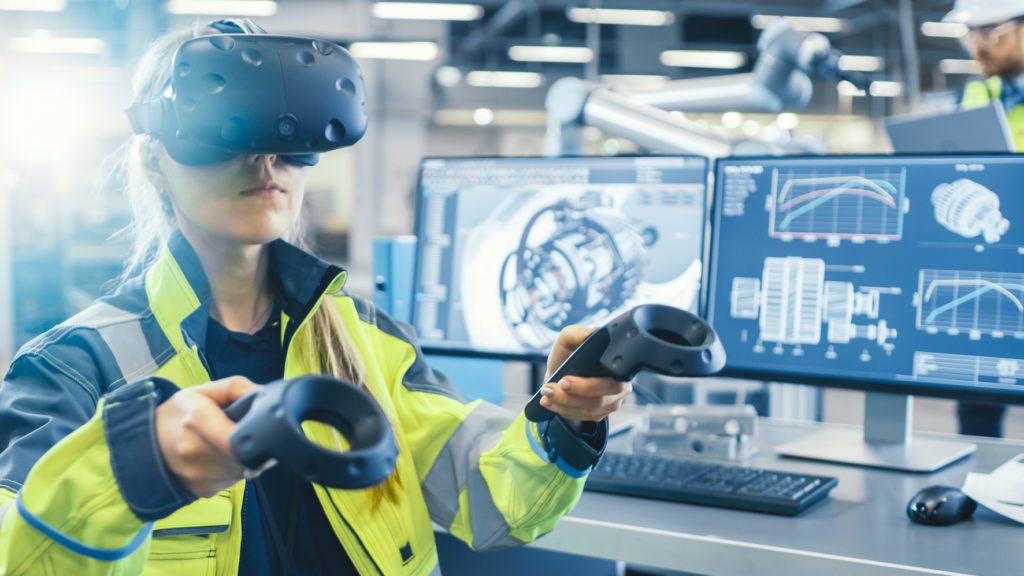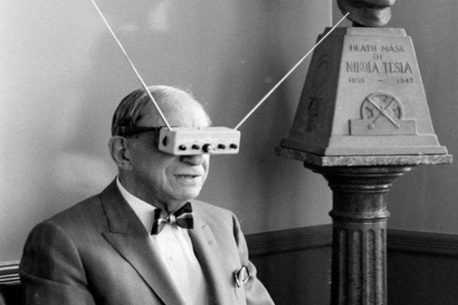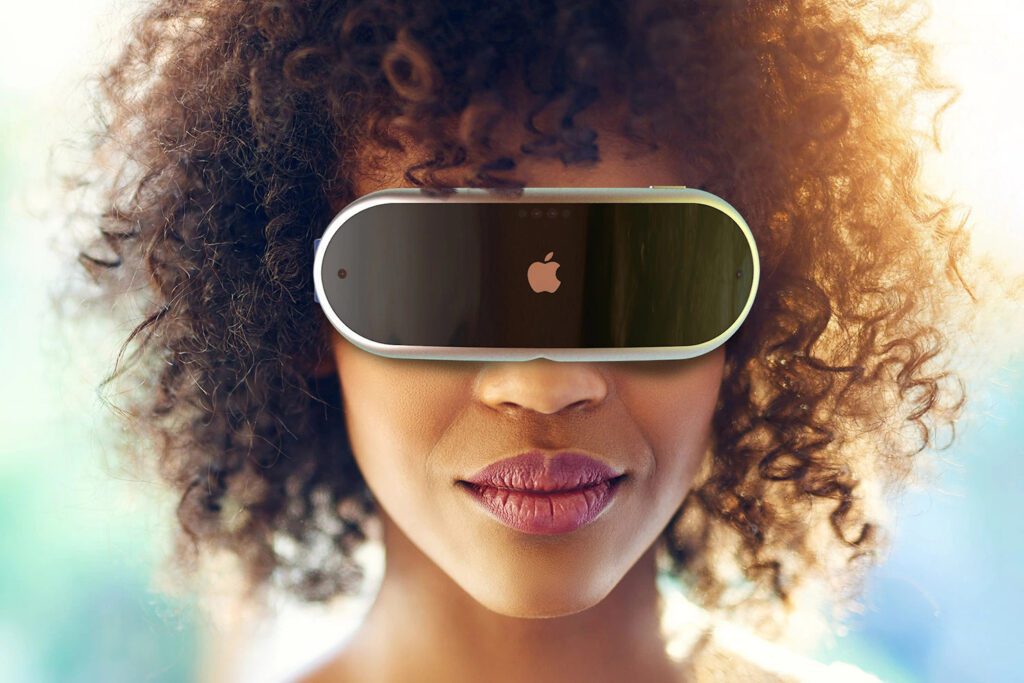Virtual Reality Training: The Future of Employee Development
The use of virtual reality (VR) technology in employee training and development has been growing rapidly in recent years. As a result, companies and organizations are turning to VR as a way to simulate real-world scenarios, enhance learning experiences, and improve employee performance. At Foresight Studios, we have seen first-hand the benefits that VR training can bring. From increased engagement and retention of information, and cost saving, VR offers a unique and highly effective solution for employee development. How VR Training Works VR training works by immersing the employee in a virtual environment, allowing them to interact with their surroundings and complete tasks as they would in the real world. This immersive experience not only makes learning more interesting and engaging, but also helps employees to retain information and develop skills more effectively. For example, in a VR training program for customer service representatives, employees can practice handling difficult customer scenarios in a safe and controlled environment, without the risk of damaging real-world relationships. In a VR safety training program for construction workers, employees can experience dangerous situations and learn how to respond, without putting themselves in actual harm. The Benefits of VR Training There are several key benefits of VR training, including: The Future of VR Training As VR technology continues to advance, the opportunities for VR training will only continue to expand. In the future, VR training may include even more realistic simulations, as well as the ability to track employee progress and provide personalized feedback. At Foresight Studios, we believe that VR training is the future of employee development. With its numerous benefits and the potential for further growth and innovation, VR offers a unique and highly effective solution for companies and organizations looking to improve their employees’ skills and performance. Conclusion Virtual reality technology is transforming the way we think about employee training and development. From increased engagement and retention, to improved performance and cost savings, VR offers a highly effective solution for companies looking to invest in the future of their employees. At Foresight Studios, we are dedicated to helping organizations leverage the power of VR technology to drive success. Contact us today to learn more about how we can help you get started with VR training.
Virtual Reality Training: The Future of Employee Development Read More »
